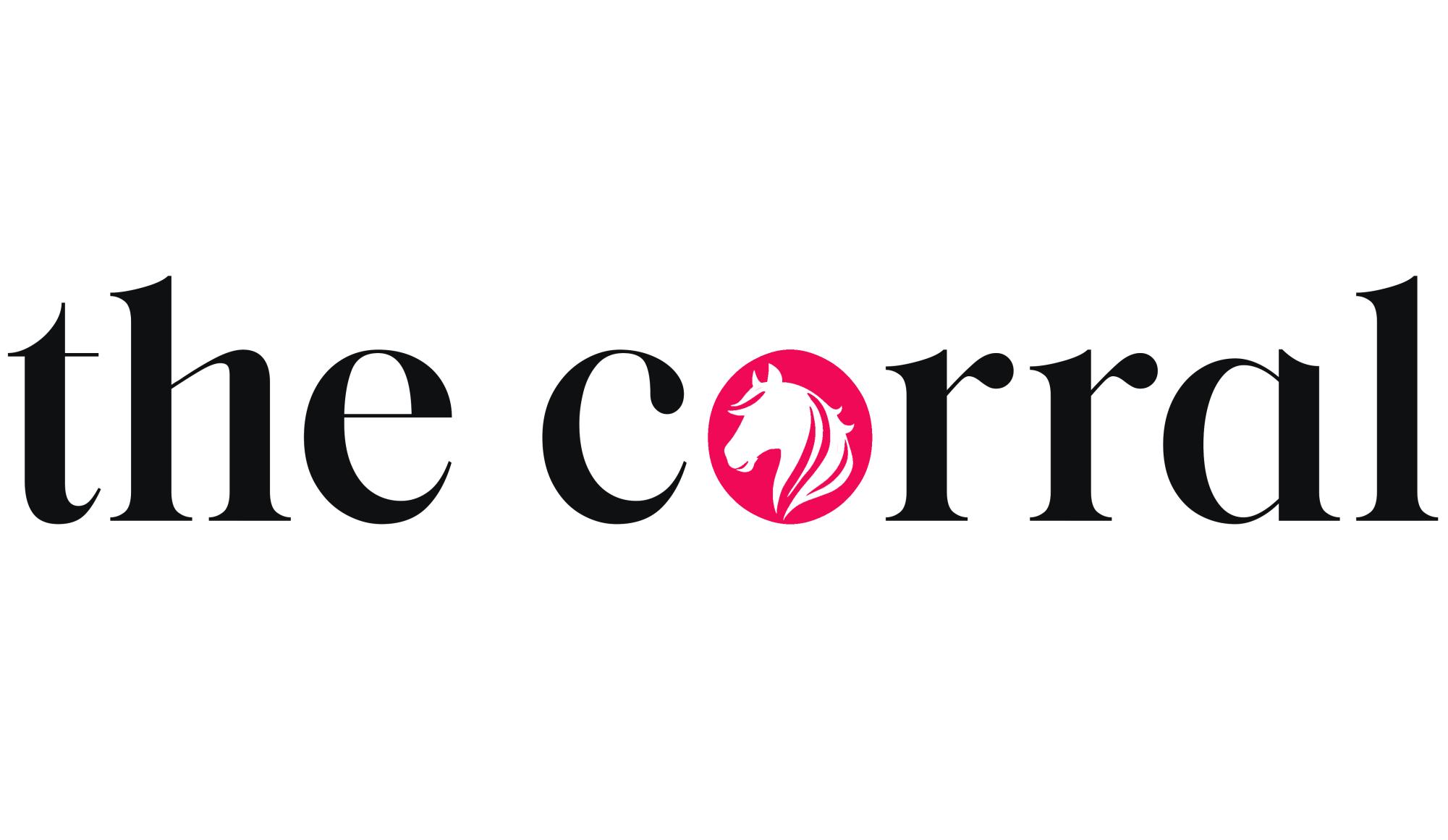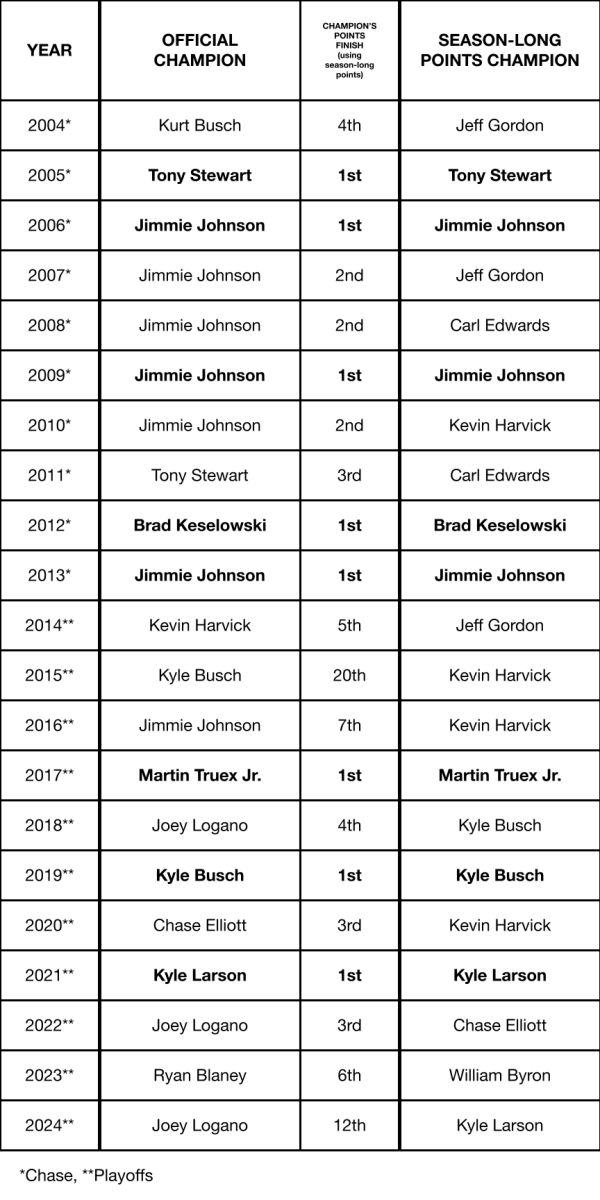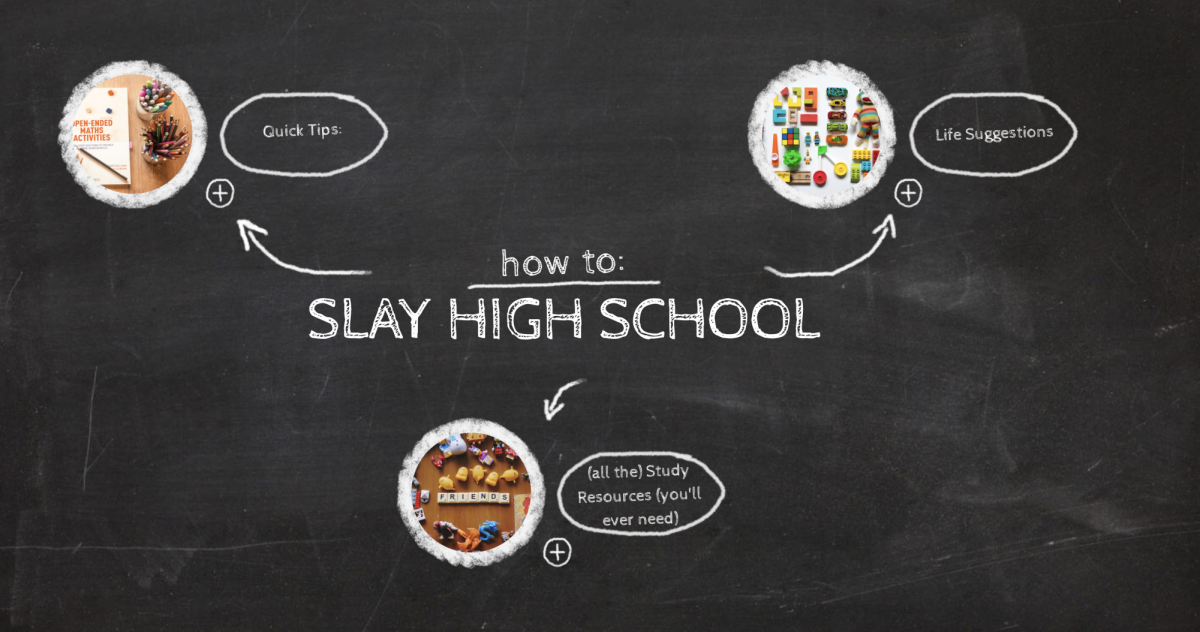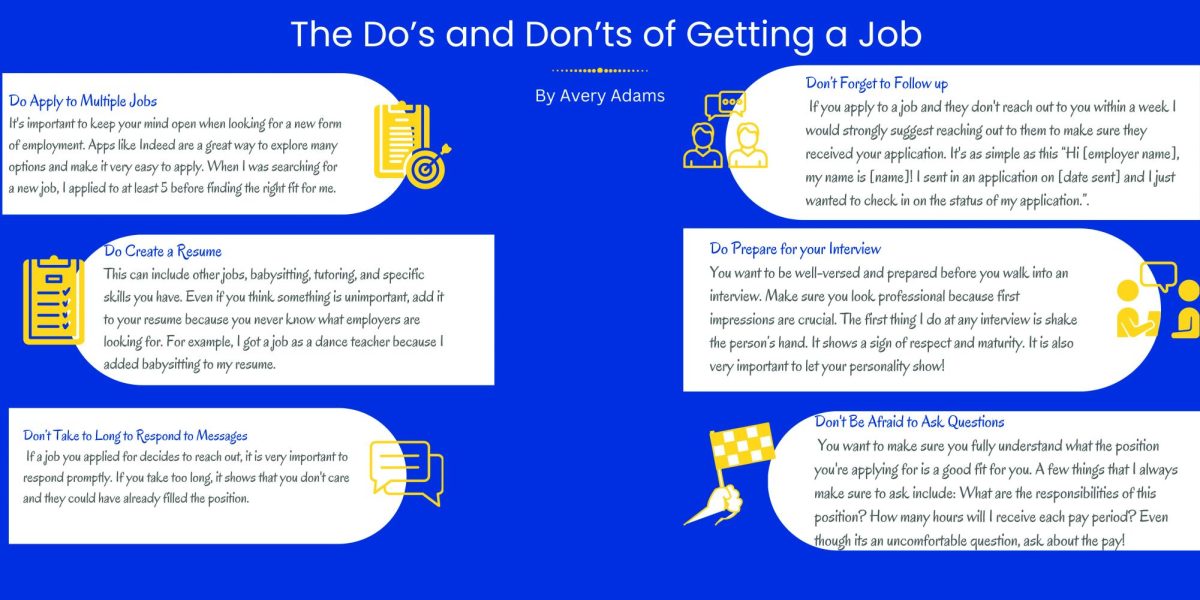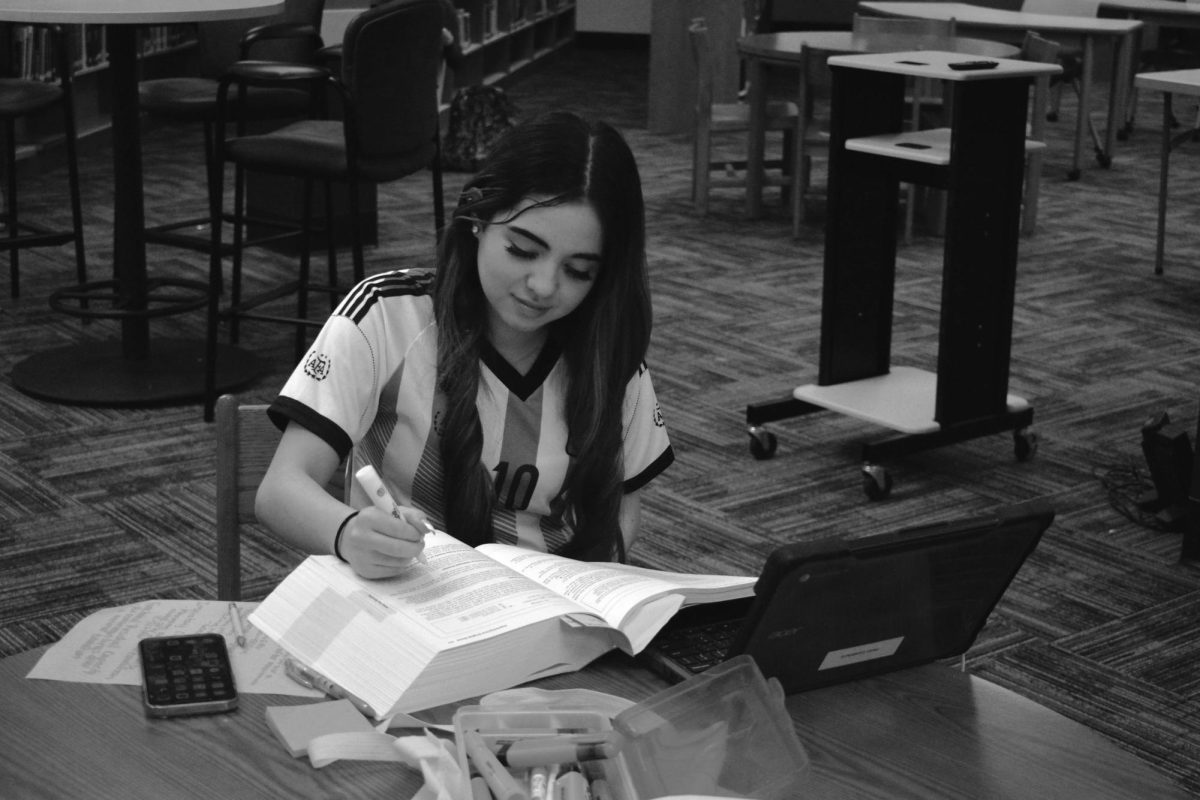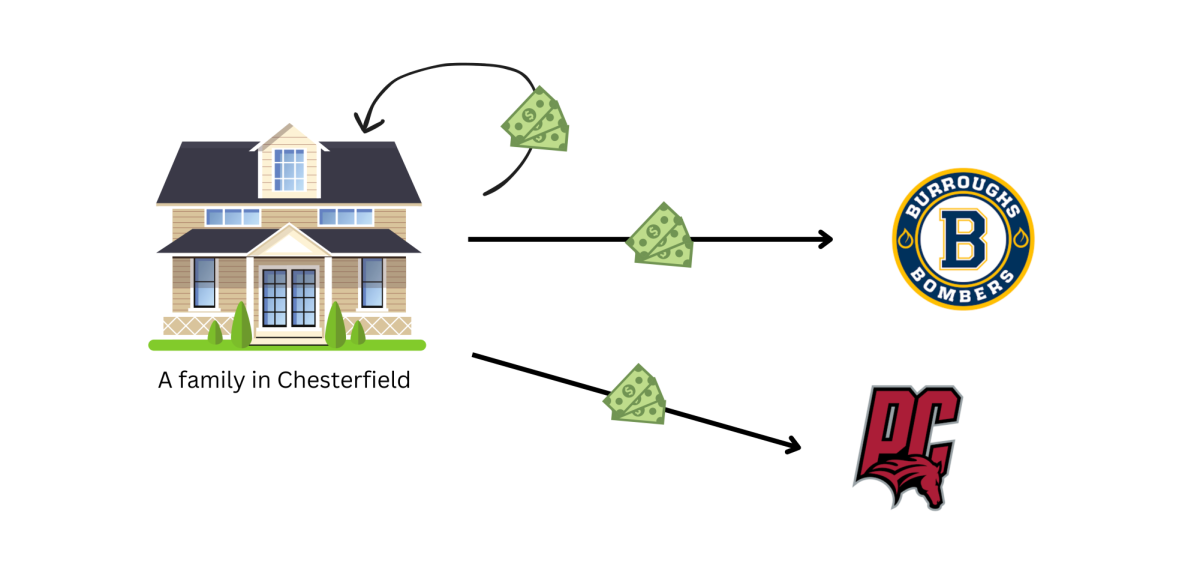In just a few years, generative AI went from being relatively obscure to something that most people know of regardless of their technology literacy.
With companies wanting to join in on this growing trend, nearly any app, website, or software now has some new AI feature. Not only that, it’s now becoming a part of our devices themselves as Apple and other tech giants introduce artificial intelligence into their operating systems.
Considering Apple’s dominance in the U.S. smartphone market, a sizable number of Americans have iPhones which they use daily. Among other built-in generative AI tools, users with recent editions of iOS can create and send emojis with GenMoji.
Clearly, computer-generated art and images have become a widespread technology. Because of its novelty, there are still concerns about how it might impact artists and the industry.
People have always reacted to new inventions with apprehension or fear, a phenomenon that is not limited to the art community.
To this day, some consider digital art programs “cheating” or as something easier than traditional art. This is likely due to the symmetry, duplication, and other helpful tools it offers.
For instance, when trying to match a pair of eyes on a paper drawing, your only option is to continue erasing or adding on until satisfied. On an app like Procreate or Photoshop, you can resolve this in a few seconds by copying and pasting.
Cara Deffenbaugh, an art teacher at Parkway Central, has witnessed the acceptance of past innovations into the industry. Although, she notes a major difference between AI and other technology accepted into art spaces.
“When you’re working on any digital platform, you’re still controlling it. It’s like controlling a paintbrush, you’re still controlling those sorts of things. But when you’re just putting words into a computer and it spits out an image, there’s no artist who has been involved in that,” Deffenbaugh said.
On the other hand, AI can be used as a tool rather than a replacement. Anna Hurlbert, another art teacher at Central, describes a remedy that this technology provides for a common problem artists face.
“It takes a lot of time and effort to brainstorm what kind of composition you may want, what you want to actually include in the picture, color schemes, all that kind of stuff,” Hurlbert said. “That’s where AI can be really great because you can really plug in a couple of things and see, oh, I really liked that. Or I really disliked that.”
But unlike the prominent issues around authenticity and cheating with writing programs, its ethical problems aren’t well-known outside of art spaces.
Most AI image models work by taking an input from a human, and producing a few pictures that depict whatever prompt was provided. In order to do this, the AI has to know what it’s supposed to make in the first place.
The AI learns by scraping–or collecting–images and recognizing patterns, and in many cases it includes artwork and photos from the internet. Public social media platforms likely host billions of art pieces, and it’s very unlikely that an effort is made to reach out to every creator within the massive databases some programs use.
Any artist with an online presence could have their works used to develop an AI, regardless of where they stand on supporting or contributing to the technology. In fact, a class-action lawsuit was brought against AI art programs such as Midjourney and StableDiffusion because they targeted specific people’s creations.
As summarized in a University of Michigan article, a list containing thousands of artists and 1,000 art styles was uncovered, as well as messages where Midjourney staff discussed and planned it. Several individuals featured in the list did not consent to having their art used in this manner.
Emulating the styles of certain artists through AI software without permission isn’t a rare event.
At one point, Greg Rutkowski was one of the top prompts used in StableDiffusion. Rutkowski expressed that he felt like his livelihood was threatened. He didn’t have an option to protect his hard work, though.
Even worse, DeviantArt announced its new AI program called DreamUp in 2023. The major online art platform hosts hundreds of millions of pieces that users have posted over the years, which were now automatically opted into training the AI model.
A Medium article published by a digital artist under the handle GinAngieLa shows that her posts prior to DreamUp’s implementation do not have the protection feature that was added after backlash. So, those who have built a large portfolio over several years now have to manually enable it.
This means that people with accounts they cannot access–a likely scenario considering DeviantArt’s age–have their artwork used as data for DreamUp without any choice.
Each case shows how this technology can trample over people and the art they make, especially since protection and copyright policies surrounding computer-generated art still require more planning and development.
“Artists will feel like, well, I can’t even live as an artist anymore because I can’t get paid for my work because people are kind of stealing it, quote, through the AI world,” Hurlbert said. “The negative impact might be that jobs are lost and people don’t go into the art field at all, which would be devastating.”
Art is not only a business, but also a hobby. The trouble that AI has caused for art on the internet is discouraging for anyone who wants to engage in it.
“Why would an artist continue to create art and put it out there for the masses if they know that it’s just going to be ripped off in some way by a computer program? I don’t know,” Deffenbaugh said.
Other established names in art spaces have used AI in a way that harms artists as well. Wacom, a brand of drawing tablets many professionals use, posted a promotion for a new years sale during January of last year.
Many users noticed strange shapes and inconsistent details that AI models tend to make in the art it featured. Wacom apologized and claimed that these images were purchased from a third-party vendor that stated AI was not used.
The company could not conclusively determine whether this art was computer generated. But looking at one of the photos used, it has glaring flaws that humans are very unlikely to overlook or create in the first place.
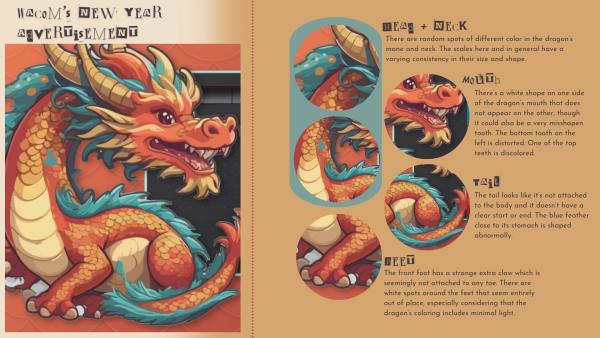
That’s not to say humans are perfect. However, artificial intelligence currently lacks the precision that people can learn.
As Hurlbert explains, picking up art skills is more than just looking at and copying elements of different pictures.
“The artistic process is so important that if you don’t go through the artistic process and learn about yourself, about the mediums that you do or don’t like, and you only rely on AI art, then I feel like it just lacks the depth that makes art so wonderful,” Hurlbert said.
Regardless of whether AI art can be classified as art, Wacom’s tablets are meant for people to physically draw with and do not feature generative technology.
While this use of AI was unintended, it reveals the possibility that art companies may fail to recognize its use, leaving room for deceptive practices and more situations where artificial art takes business opportunities from human artists.
The idea of mechanizing art, and whether that’s something we need, remains a subject of debate. Even though generative art technology itself can harm artists, it can potentially help people in ways that are unlikely to affect them.
“If you’re just trying to find a quick logo for something, for a project that you’re turning in, not for art, but maybe for your English assignment and you just need an image or an icon on your title page, right? You’re not being graded for the art. The art is just more like a decoration for a better presentation for your final product,” Hurlbert said.
As a whole, it’s uncertain how AI could change the art landscape. Seeing that image generators accessible to virtually anyone, though, regulations are crucial in order to continue AI developments while preserving the value of artists.
“Now, I’m sure someone who works in the industry who uses it a lot might feel differently, but as kind of like a little bit of an outsider, it just doesn’t seem like that is where we want to go with our art making and how we treat artists,” Deffenbaugh said.
